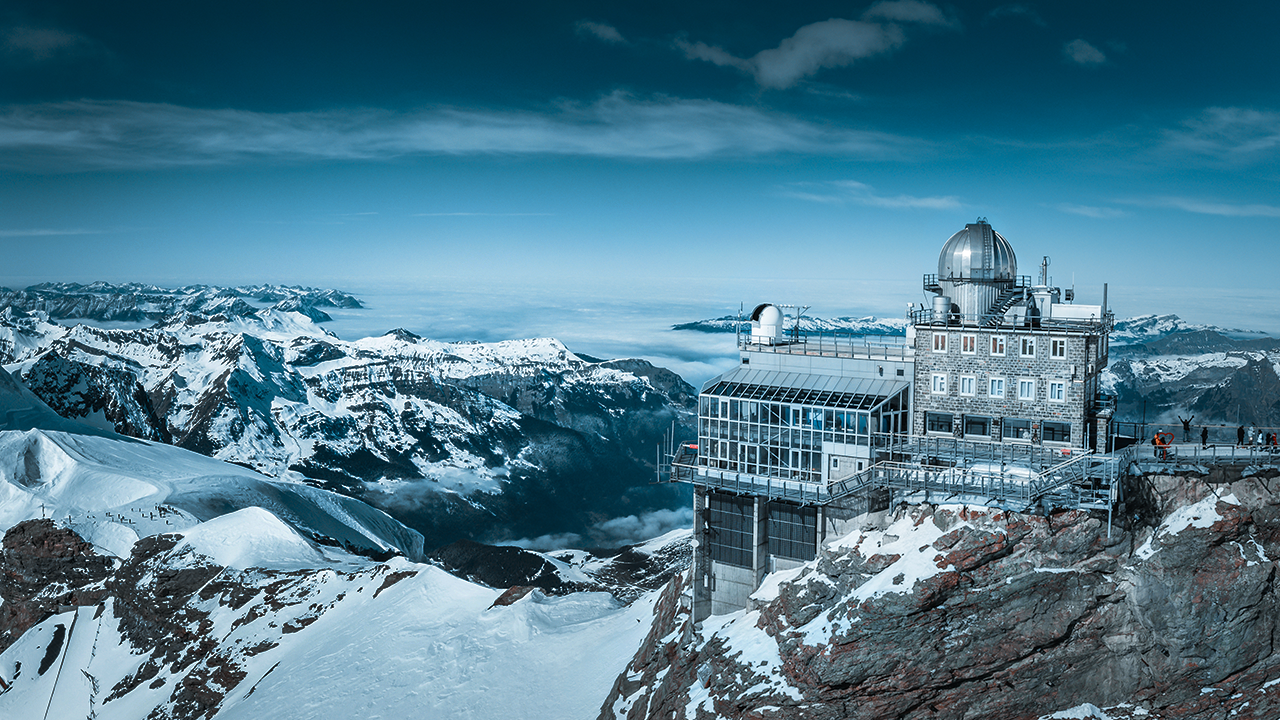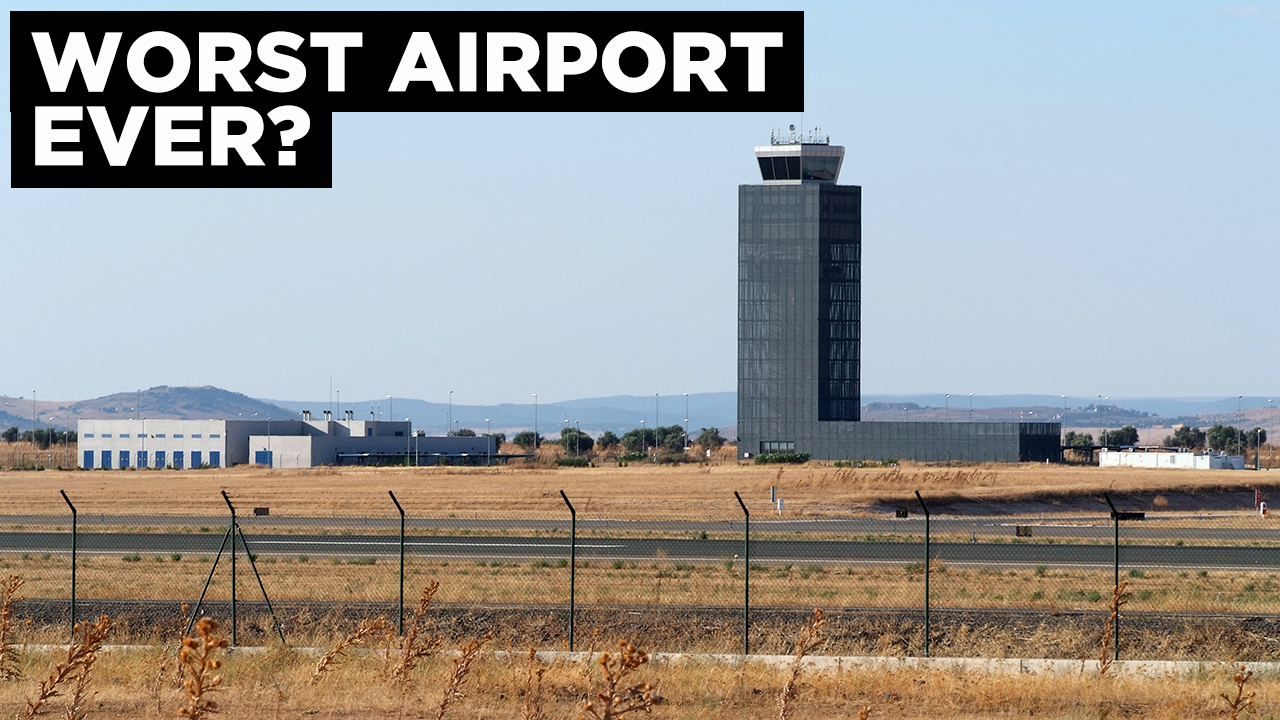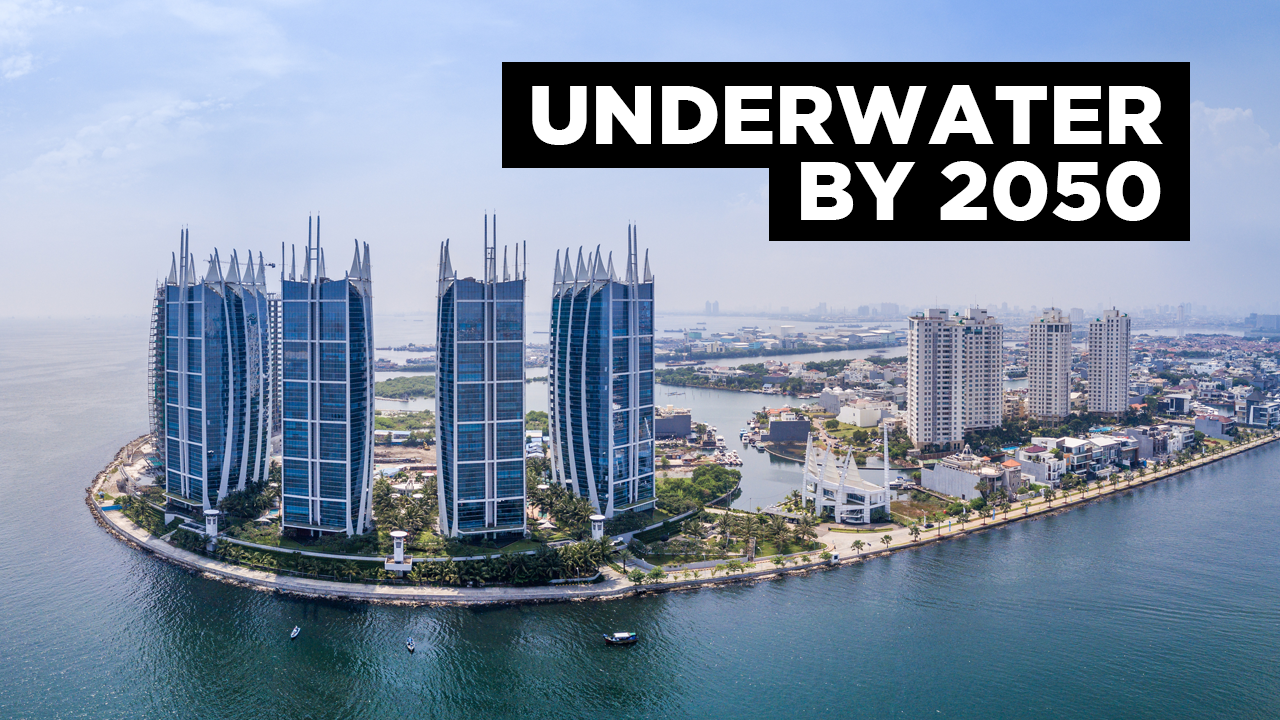These Jet Engines Power The UK
- Youtube Views 431,062 VIDEO VIEWS
Video narrated and hosted by Fred Mills. This video contains paid promotion for National Gas.
JET engines, bulletproof glass, secret identities … what do they all have in common? They’re not just the ingredients to a great action movie; these things all relate to a type of everyday infrastructure we all think we know.
Have you ever wondered where the gas we use actually comes from, how it gets there and what stops it from running out?
What we don’t all realise is that it’s needed for a lot more than just cooking and heating — it’s critical to maintaining whole power grids and major industries.
Like it or not, gas is still important, but it’s a fossil fuel. That’s why the UK is attempting a world-first — repurposing its gas system for a much greener alternative.
National Gas, the organisation in charge of all this, invited The B1M to some of its sites to learn all about this process.
We went on a journey across the nation to see the surprisingly epic engineering that keeps this key resource flowing, and find out why its plan for the future of energy is pretty mind-blowing.

Above: Natural gas has a lot more uses than many of us realise.
About 100 miles north of central London is one of the most important infrastructure sites in the whole of Britain.
Inside are several massive jet engines that have nothing to do with aviation; together, they form one of the nerve centres of the UK’s energy industry.
Instead of powering planes, these enormous 15MW turbines are used to deliver gas all over the country, from a place most people don’t even know exists.
The highly-secure Peterborough Compressor Station is one of the powerhouses of the so-called National Transmission System.
Run by National Gas it’s the heart of Britain’s entire network, responsible for delivering gas to industries, power stations and of course homes all over the country, 24/7.
That’s where those massive engines come in. Their job is to compress the gas that comes into this site and then push it out again, right around the country.
The beating heart
“Peterborough Compressor Station pulls gas from every direction and then pumps it down into the south west and the south east, which is where you have a lot of power stations, you have London — really high centres of demand down in those locations,” Ffion Davies-Cale, area manager at National Gas, explained.
These turbines might be new and advanced, but there are three others on the site that have something they don’t — history.
Because they’re actually repurposed aeroplane engines from the 1970s. Amazingly they’re still in use today and continue to serve a critical purpose — one that is really testament to the engineering of their time.

Above (L-R): The new and old turbines side by side at Peterborough Compressor Station.
The gas networks that so many of us rely on really are crucial — more so than you might think.
It isn’t just used to heat our homes and cook our meals. In 2022, 40% of the UK’s electricity came from gas-fired power stations, and thousands of big businesses still depend on it for their energy.
For example, the furnaces that are used to make glass — yes, including the bulletproof kind — are mainly fuelled by natural gas, and the same can be said for other major industries.
Running the show
National Gas is the organisation tasked with owning and operating the UK’s gas system. Its role is to bring gas in and out of the country, and get it where it needs to go, all managed via this state-of-the art centre near Birmingham.
And we’re talking about a lot here — 100 million cubic metres of gas can pass through just one of these sites daily.
“I think most people probably don’t understand the importance of this in terms of security to our country because if there was a problem with one, two, three of these sites we could have a problem with security of supply,” National Gas CEO Jon Butterworth told The B1M.

Above: The B1M's Fred Mills (right) with National Gas boss Jon Butterworth.
Luckily, there’s a plan to deal with that. You see, Jon might seem like your typical CEO but there’s more to him than meets the eye. He also has an alter-ego that he only changes into when disaster strikes.
No, he’s not a superhero exactly, but the job he’s required to do if things take a turn for the worse is just as important — the Network Emergency Coordinator.
“In the very unlikely event there’s a problem with gas supplies into the UK, a problem in the North Sea, a problem with terrorism, a problem with ships coming into our terminals, I step into a role that’s not commercial, it’s got no financial interest — all it’s about is safeguarding supplies to the population and securing them. So that’s what I do, and it’s a really important role,” he said.
The ins and outs
So, we now know how gas is distributed around the country, but how does it get here in the first place?
The answer lies to the east — on a site that’s been part of the UK’s energy backbone for more than 50 years.

Above: The North Sea is critical to the UK's gas supplies — as well as Europe's.
Over on the Norfolk coast is the village of Bacton — best known for its quiet, sandy beaches. But that’s not all there is here.
Just one mile away is the landing point for the huge pipelines that transport gas between the UK and Europe under the sea.
It’s called the Bacton Gas Terminal, and it’s where some of the UK’s most critical energy infrastructure can be found.
About a third of the gas the UK produces comes into here before being sent off to customers all over the country via compressor sites like the one in Peterborough.
Keeping connected
This is also home to the only two pipelines linking Britain to the continent in both directions, via Balgzand in the Netherlands and Zeebrugge in Belgium — where tunnel segments for the new Scheldt Tunnel are being built, too.
That means gas can be sent back and forth, depending on demand, via pipes that run below the North Sea.
“It gives the UK and the wider European market flexibility in how we move gas around,” said Jake Tudge, corporate affairs director for National Gas. “So it means that when there’s supply and demand differences we can balance that effectively and give diversity of supply options. Some of those supply feeds include the Southern North Sea.
“The National Transmission System and the gas network under this country is the hidden hero of the energy system, and no one knows about it!”

Above: Bacton is where the two interconnectors to Belgium and The Netherlands come into the UK.
OK, now it’s time to address the elephant in the room. We’re talking about natural gas here, which is a fossil fuel, and we need to be reducing our use of them from now on.
That’s why the UK has an ambitious plan for this infrastructure, which will see it used for a completely different fuel altogether — one that’s much better for our planet. Hydrogen.
“Our vision is to start repurposing assets across the country and building new assets where needed to move hydrogen around the country,” Tudge added.
Split decision
But because this can’t all be done straight away, the network will be split into three systems initially.
Some pipes will continue carrying gas for the time being, others will distribute the new hydrogen supply and the rest will transport carbon dioxide.
Yes, large amounts of waste CO2 are also going to be sent to Scotland and used for carbon capture and storage technology.
It’ll involve extracting CO2 from industrial emissions and burying it underground, instead of releasing it into the air.
But the main focus for now is on that future hydrogen network, which is not going to be an easy thing to do at all.
To achieve all of this, a lot of testing will have to be done first. Fortunately, there’s a facility already operating where all the necessary experiments are taking place.

Above: Natural gas still has its uses, but the UK plans to gradually replace it with more sustainable technologies.
It’s all happening up at Spadeadam in Cumbria — not far from the border with Scotland and the stunning Lake District.
Here is where National Gas has been developing a high-pressure hydrogen test facility called FutureGrid.
What they’re doing is using decommissioned transmission assets — essentially, old gas pipes — to prove they can transport hydrogen safely and reliably.
In simple terms, they’re exploring how different levels of hydrogen, mixed together with gas, can be used in the existing network.
Being prepared
A number of different conditions are being tested for here, from leaks and ruptures to what happens when the pipes have been through thousands of pressure cycles over many years.
It’s all located on a site owned by the Norwegian company DNV, which itself is part of an RAF base. But why is there a need to transition from natural gas to hydrogen in the first place?
“Natural gas is a fossil fuel and we can't rely on that forever. Hydrogen burns to release only water vapour. So it's a great opportunity for us to get to net zero by 2050,” said Corinna Jones, head of innovation at National Gas.
“And also it can be produced from renewable energy. So, we don't have to rely on fossil fuels anymore — we can look at wind and solar and other opportunities for the future.”

Above: The FutureGrid test site is in a very hard-to-reach location. Image courtesy of DNV / National Gas.
But there’s one other thing about hydrogen you might remember from chemistry class. Despite those low-carbon qualities, it can make a big bang if you’re not careful.
Is that a problem? Not according to Jones: “It’s a hazardous gas but natural gas is a hazardous gas and we transport that today safely. So, in the same way we transport natural gas we want to do the same with hydrogen.”
Once their work here is done, National Gas plans to build what it calls a ‘hydrogen backbone’ from 2026, which will enable it to transport 100% hydrogen to power stations and industries. Transport applications are being looked at, too.
National Gas believes that with facilities like this starting up, the UK can become a ‘hydrogen hub’, exporting it through its pipeline network and into Europe.
Because it’s about more than just one place — countries all over the world need to find new ways to reach net-zero energy, so if the UK succeeds with this, it could have others following its lead.
Balance of power
Our energy infrastructure is something we perhaps take for granted, and the systems that keep our gas supplies running are hugely impressive.
But we can’t rely on this type of fuel forever. Sites like these, and the projects being carried out here show not just what’s possible right now; they’re proof that a greener future might be more attainable than we realise.
This video and article contain paid promotion for National Gas. Discover more about National Gas' role in securing Britain’s energy and unlocking net zero here.
Video narrated and hosted by Fred Mills. Additional footage and images courtesy of DNV, Lionsgate Films, National Gas, Paramount Pictures, The Wub/CC BY-SA 4.0, Universal and Warner Bros.
We welcome you sharing our content to inspire others, but please be nice and play by our rules.







